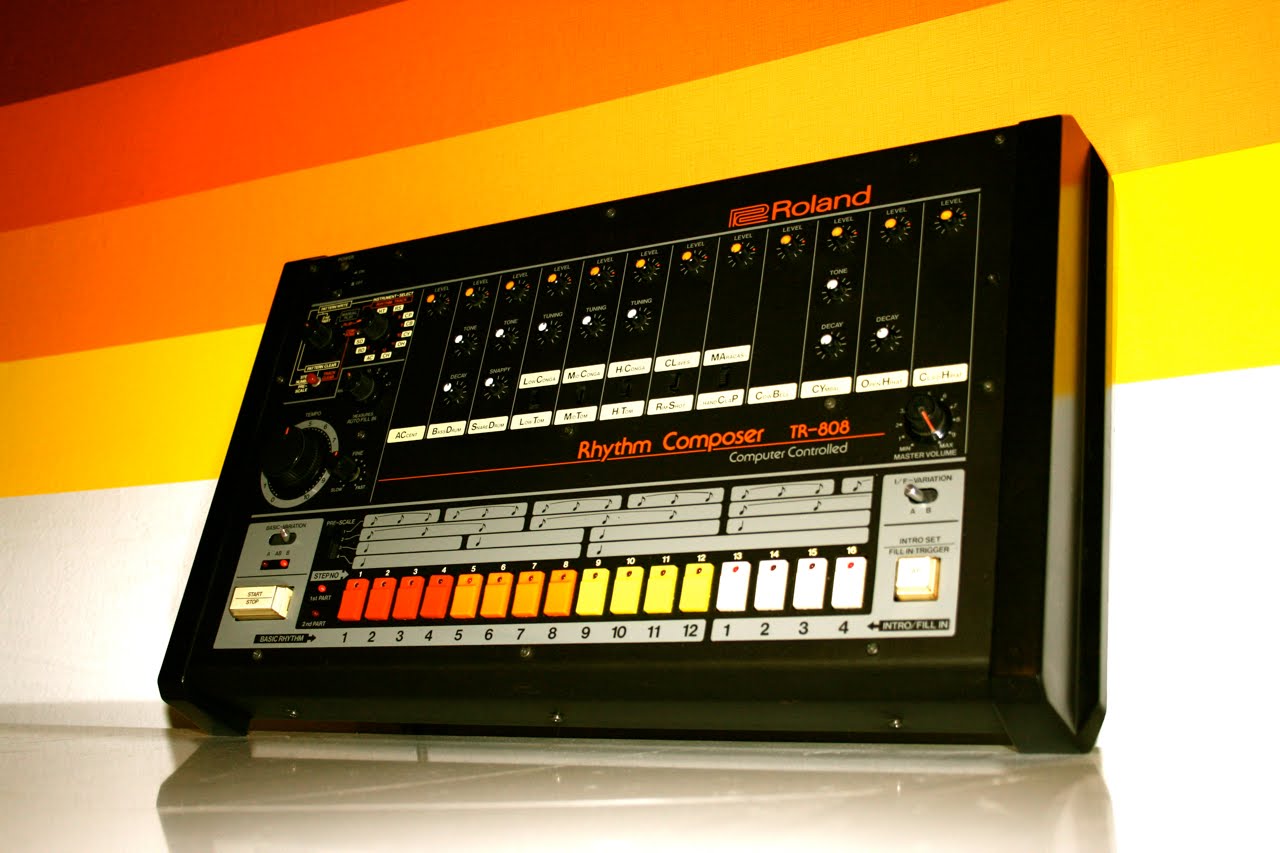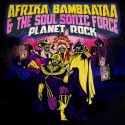Background
Prior to the creation of the 808, most songs relied on the use of acoustic drum beats which became very familiar across many older genres such as rock, blues, and early hip hop. Arthur Baker, a prominent producer who worked closely with Afrika Bambaataa perfectly described the revolutionary nature of the inorganic timbre when he stated “A lot of producers would hear the 808 and say, ‘That doesn’t sound like a drum, why would we do that?’ But the people who made the records with the 808 thought, ‘It doesn’t sound like a real drum — that’s cool'” (Rolling Stone). The 808 was revolutionary as a beat machine because it allowed people with little musical production training to be able to create a unique sound at an affordable price. The adaptability of the 808 led to the discovery “tuning the drum sound to full decay… the 808 could be used to create bass lines”(Rolling Stone). Some of the 808’s sound features were “the low sonic boom of the kick, the tinny snare, cowbell and odd sounding handclap”(Baker et. al). These features allowed the 808 to be used not only as a drum machine, but as an independent instrument. The 808 perfectly fit into the new wave of music which sought to sound more futuristic because of its unmistakable inorganic timbre which diverged completely from the acoustic drum sound artists relied on in previous generations. The second-hand market drove the popularity of the 808 as it became a more affordable option for individuals who wanted to produce music during this time.

